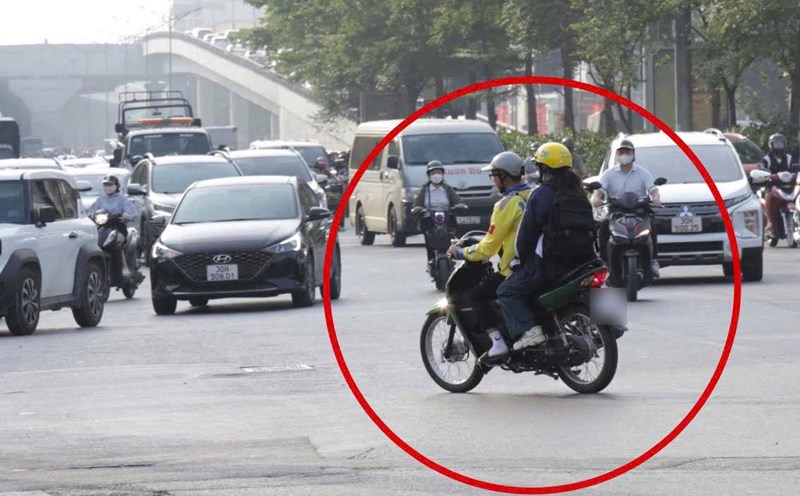Low blood pressure (low blood pressure) is a common condition and is often not dangerous if there are no symptoms. However, in some cases - especially in people with underlying medical conditions, it can be a warning sign that medical attention needs to be taken immediately, according to Only My Health.
What is low blood pressure?
normal blood pressure ranges from 90/60 mmHg to 120/80 mmHg. When blood pressure drops below 90/60 mmHg, it is considered low blood pressure. There are two common types:
Standing low blood pressure: This happens when standing up suddenly.
Lower blood pressure after eating: This occurs after meals, especially in older adults.
In some people, low blood pressure can be a normal condition without any symptoms. However, you should not be subjective if there are unusual signs.
Signs of serious low blood pressure
According to Dr. Prashant Pawar ( fortis Hospital, India), it is necessary to pay attention to the following signs:
Dizziness, lightheadedness, especially when standing up.
fainting, blurred vision, due to insufficient blood flowing to the brain.
Rapid and shallow breathing is a sign that the body is trying to compensate for weak circulation.
Cold, moist skin and prolonged fatigue.
Severe cases can lead to shock, threatening life.
Who is susceptible to dangerous low blood pressure?
Elderly people, pregnant women, people with cardiovascular disease, Parkinson's disease, diabetes or endocrine disorders are at high risk.
How to control low blood pressure
Eat healthy, limit salt, increase foods rich in potassium.
Drink enough water, especially when it is hot.
Exercise regularly, get enough sleep, quit smoking and avoid alcohol.
Keep your weight stable and manage stress with meditation and yoga.
Note
Low blood pressure is not always a concern, but serious signs need to be recognized early for timely intervention. Regular monitoring and a healthy lifestyle are the keys to helping you control this condition effectively and safely.








